Apple's bug bounty program is making headlines again, and this time it's not just about finding vulnerabilities, it's about the serious money behind them. The tech giant is significantly ramping up its financial incentives, doubling and even quadrupling maximum payouts for security researchers who can uncover critical flaws in its ecosystem. What started as a modest program back in 2016 has evolved into one of the industry's most lucrative bug hunting opportunities, with Apple having distributed over $35 million to more than 800 third-party researchers since 2019. Bigger payouts, bigger pressure, especially as the company expands its AI capabilities and cloud infrastructure.
The bigger picture: Apple's security investment strategy
Bottom line, Apple's expanded bug bounty signals that security is not just technical hygiene, it is a competitive advantage and a trust marker that supports premium pricing. The enhanced payouts, especially the potential $5 million for Lockdown Mode bypasses, show a commitment to protecting the most at risk users from state-sponsored attacks. It is not only about the money, it is about guarding the security reputation that underpins Apple's brand.
Still, long term success depends on closing the gap between headline maximums and fair, predictable awards. Apple's average payout of $40,000 and about twenty occasions where payouts exceeded six figures suggest the company pays for quality, yet the recent controversies show consistency needs work.
As threats grow more sophisticated and AI systems spread across Apple's ecosystem, investing in crowdsourced security may prove to be one of Apple's smarter moves. The company is, in effect, building a global army of white hat hackers with a financial reason to find problems before the bad guys do. If researchers can tolerate a sometimes unpredictable evaluation process, the rewards are now big enough to make responsible disclosure a real career path. That is the kind of incentive the cybersecurity world needs.




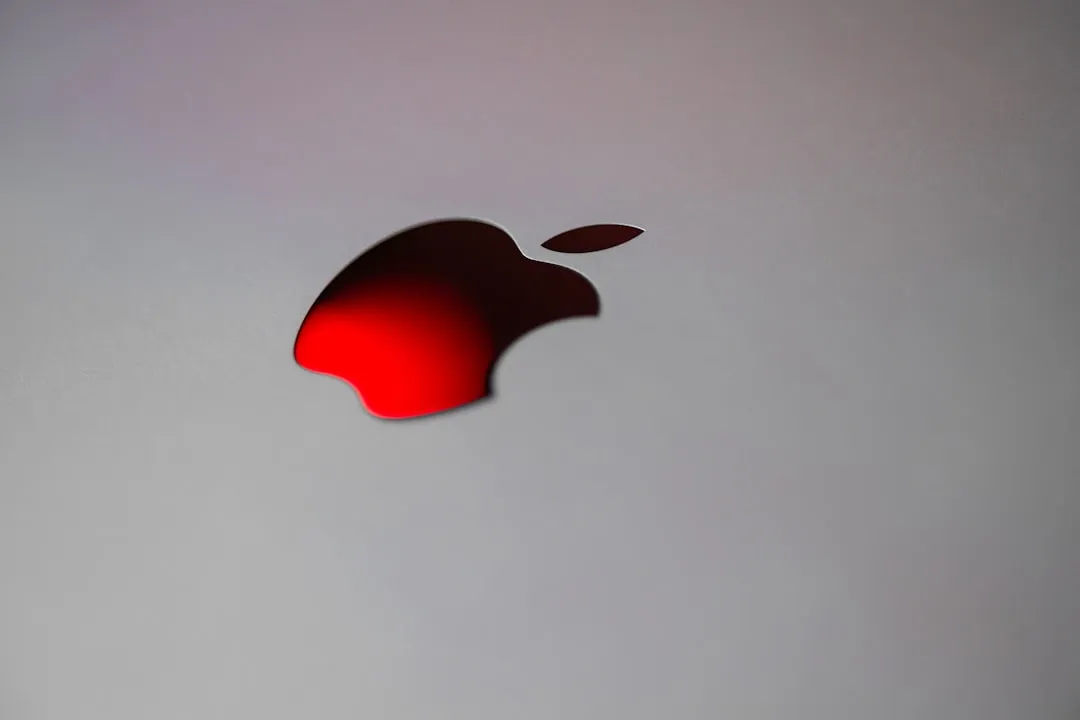




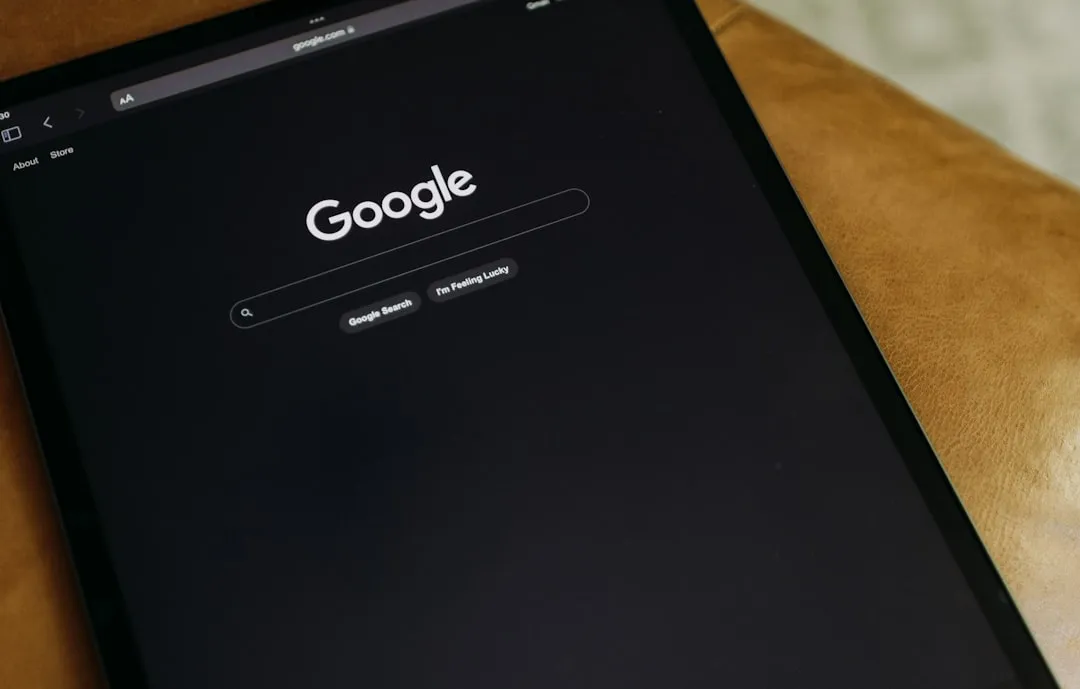
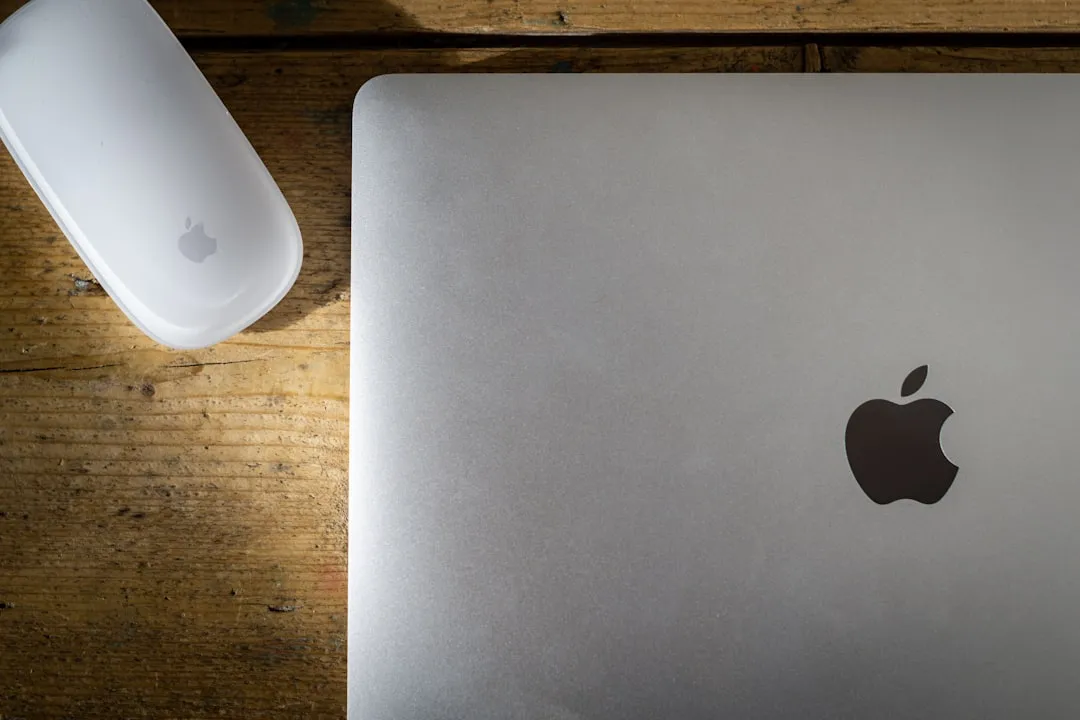




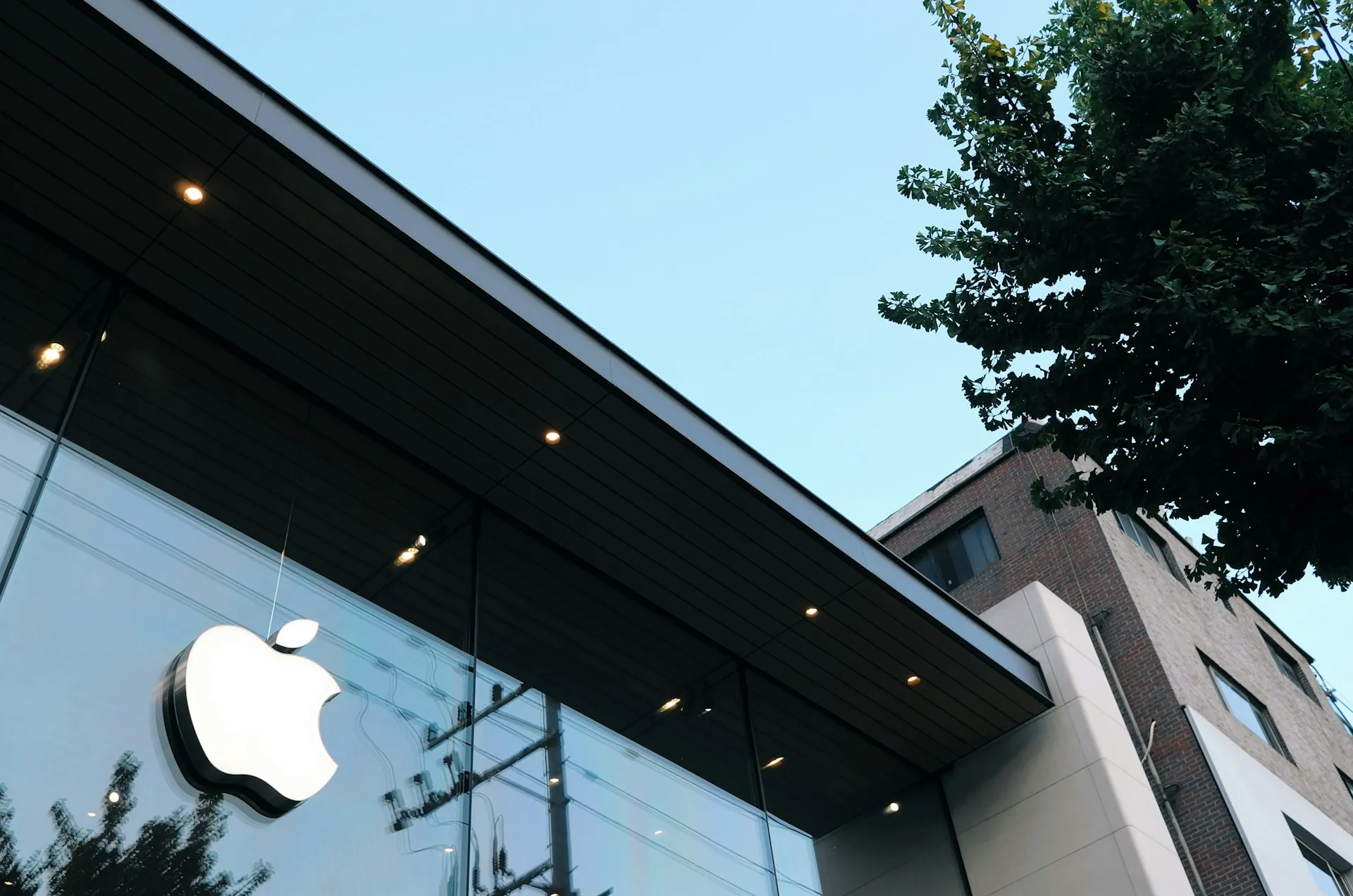

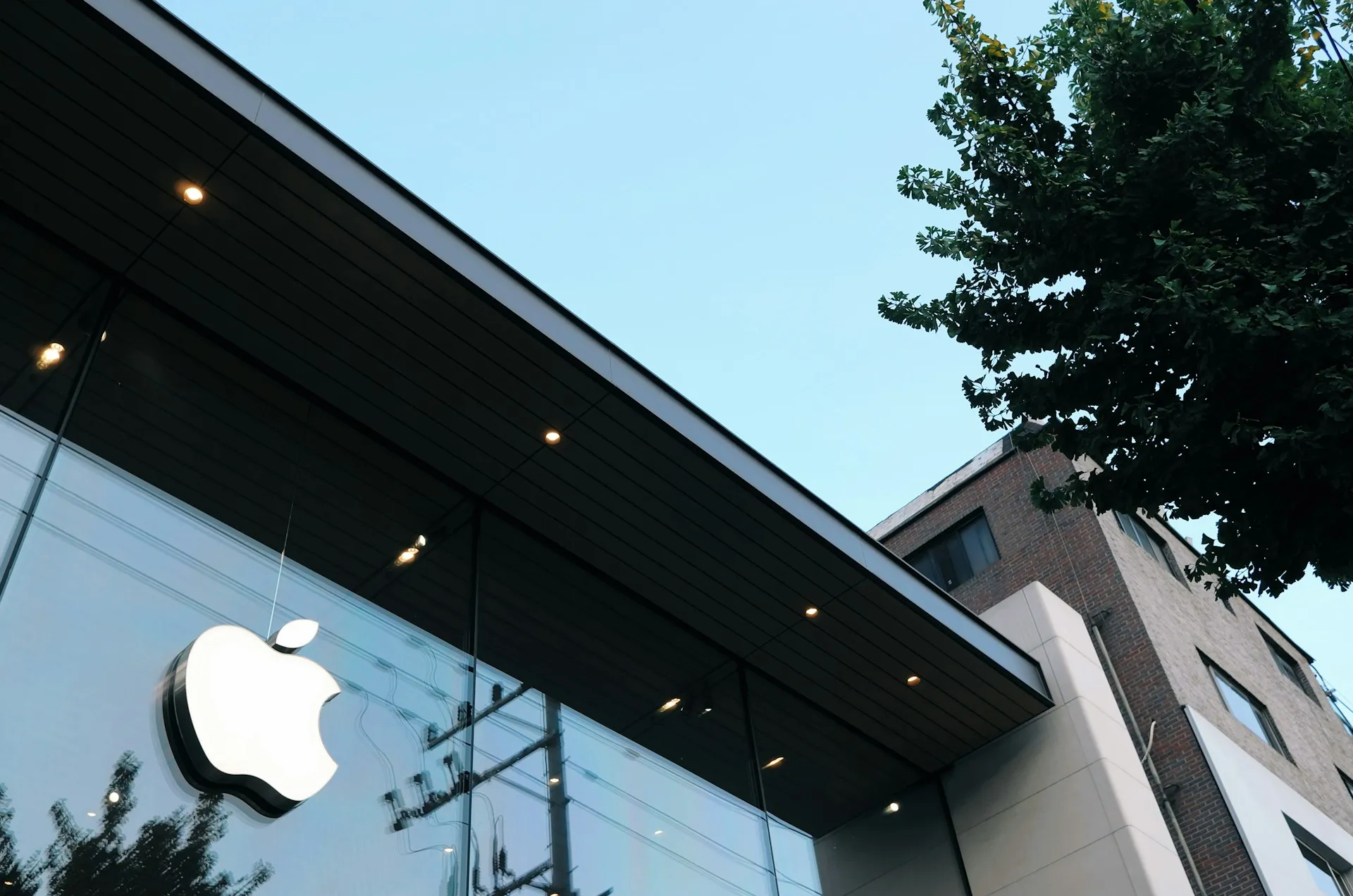

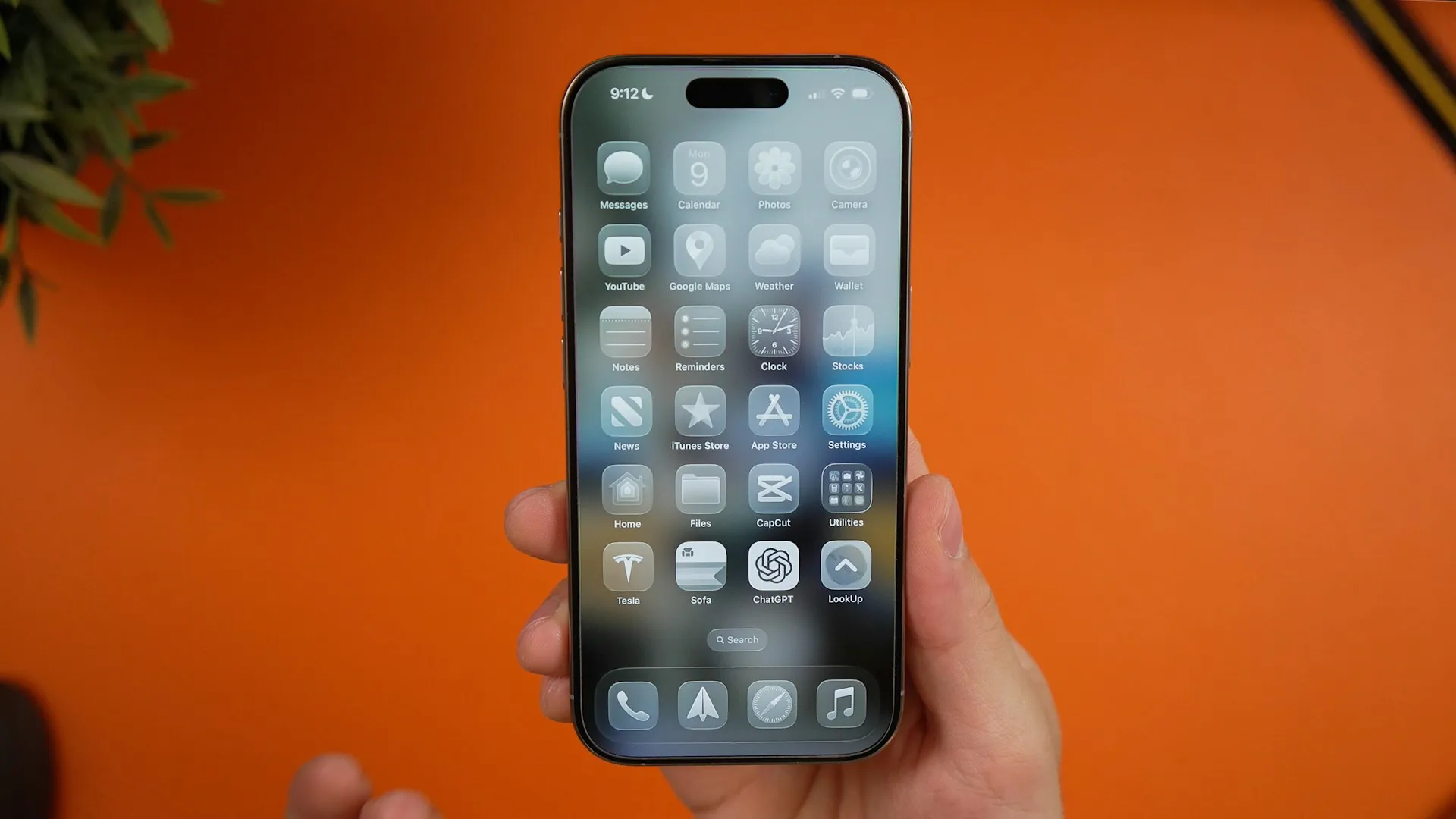



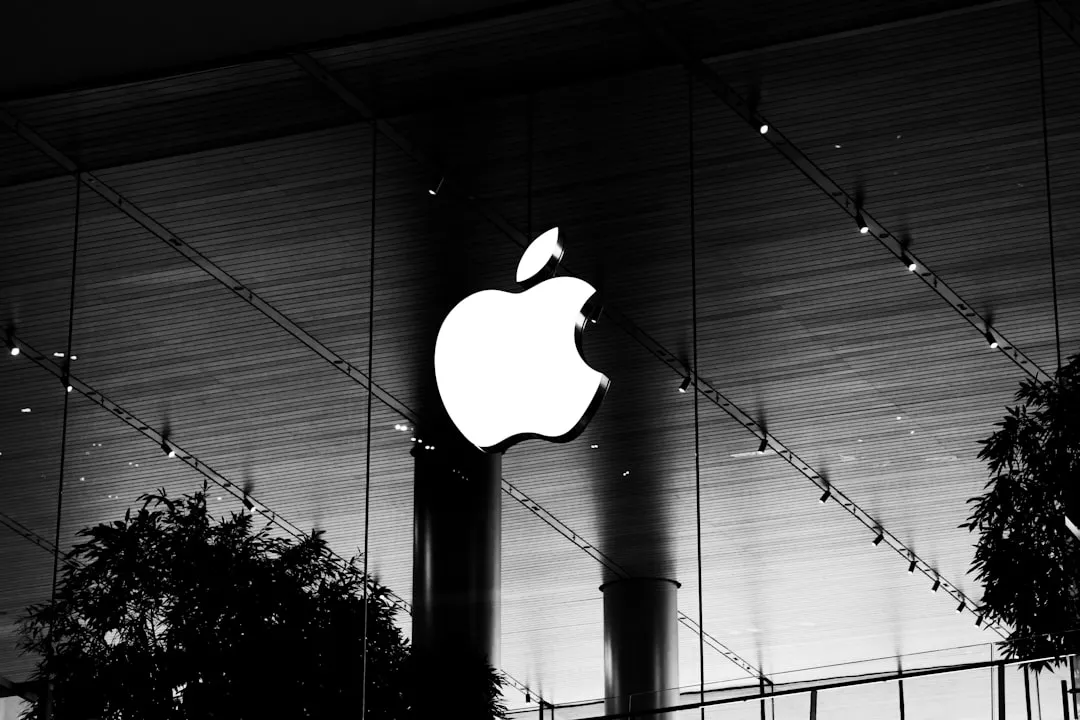

Comments
Be the first, drop a comment!